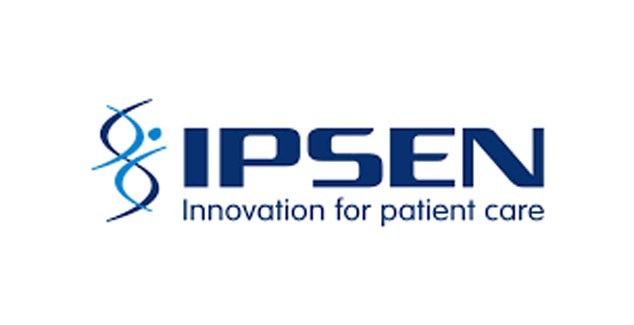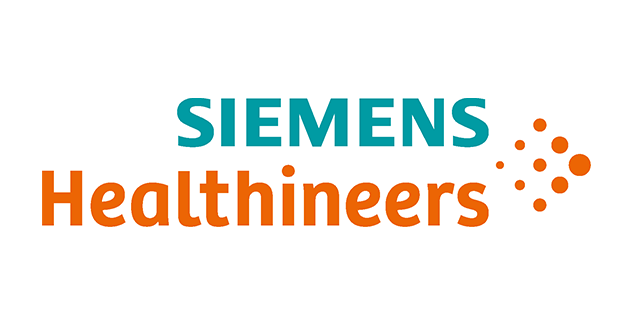The COVID-19 pandemic has affected healthcare systems and patients around the world. In many countries, healthcare systems have become overburdened as the efforts to treat patients with COVID-19 have placed a tremendous strain on personnel and resources. Despite the pandemic, the incidence of serious and potentially life-threatening diseases such as ischemic and hemorrhagic stroke will not diminish and care for these patients still needs to be provided. In fact, COVID-19 may actually increase ischemic stroke risk because of the hypercoagulable state and effects on the cardiovascular system associated with a severe form of the viral infection. Anecdotal reports have begun to appear of otherwise healthy, younger patients presenting with stroke and an underlying COVID-19 infection. Much more will be learned about the relationship between COVID-19 and stroke as publications appear in peer-reviewed medical journals.
Another important aspect of the relationship between the COVID-19 pandemic and stroke is how the pandemic is affecting the delivery of care to patients with a stroke or a stroke warning episode, a transient ischemic attack (TIA). In many countries, the volume of stroke/TIA admissions has decreased substantially. In a recent survey of large hospitals in China, stroke admissions declined by 40% in February 2020 during the height of the pandemic in that country from February 2019. Acute treatment was impacted as evidenced by an approximately 25% decline in the administration of i.v. thrombolysis and the performance of mechanical thrombectomy. A recently completed survey of the membership of the World Stroke Organization (WSO), including over 100 responses from countries worldwide, revealed that only slightly over 10% of the respondents had not observed a reduction in stroke admissions. In the other centers, admissions decreased from 10-90% as compared to a comparable period in 2019. The median decrease was 50-70%. Fortunately, only approximately 15% of the stroke centers reported that a member of the stroke team had been infected by COVID-19. The performance of care for patients admitted to stroke services has also changed. Many centers presume that stroke patients have COVID-19 until it is excluded. This presumption impacts on how patients are examined and tests performed. Special care must be taken for patients who undergo mechanical thrombectomy. The protocols for post thrombolysis and thrombectomy care have also been modified.
The precise reasons for the widespread decline in stroke/TIA admissions are not clear. The most likely explanation is that patients with mild symptoms are ignoring them and do not want to come to the hospital for evaluation because of fear of being exposed to COVID-19. In some locales, urgent care may be less available than it normally is because of strained healthcare delivery systems. Outpatient care for stroke patients has also been impacted by the pandemic. In the WSO survey, only a minority of centers reported seeing outpatients in person. Approximately half of the centers were performing telehealth visits by video or phone and the remainder of the centers were not seeing outpatients at all. The availability of telehealth visits needs to be expanded if possible so ongoing outpatient care can be provided. These visits can also be helpful for the urgent evaluation of mild stroke and TIA patients remotely by a stroke specialist after the patient accesses the healthcare system by contacting their primary care provider or local health clinic. The telehealth visit can then direct the patient for appropriate evaluation and care.
The COVID-19 pandemic has affected all aspects of healthcare in most countries. Stroke and other urgent conditions have been especially impacted as evidenced by the widespread observation of a reduction in such patients presenting for acute evaluation and treatment. To combat this problem, the WSO urges government leaders and healthcare agencies to continually remind people that stroke symptoms should not be ignored, even if they are mild or transient. People with such symptoms and certainly more severe manifestations should be evaluated at a local emergency department or urgent care facility. Alternatively, patients with milder symptoms should contact their healthcare provider if they have one for appropriate triage. Additionally, data from around the world should be collected to determine how frequently COVID-19 is the presumed cause of a stroke because of effects on the coagulation and cardiovascular systems.

 Member login
Member login













